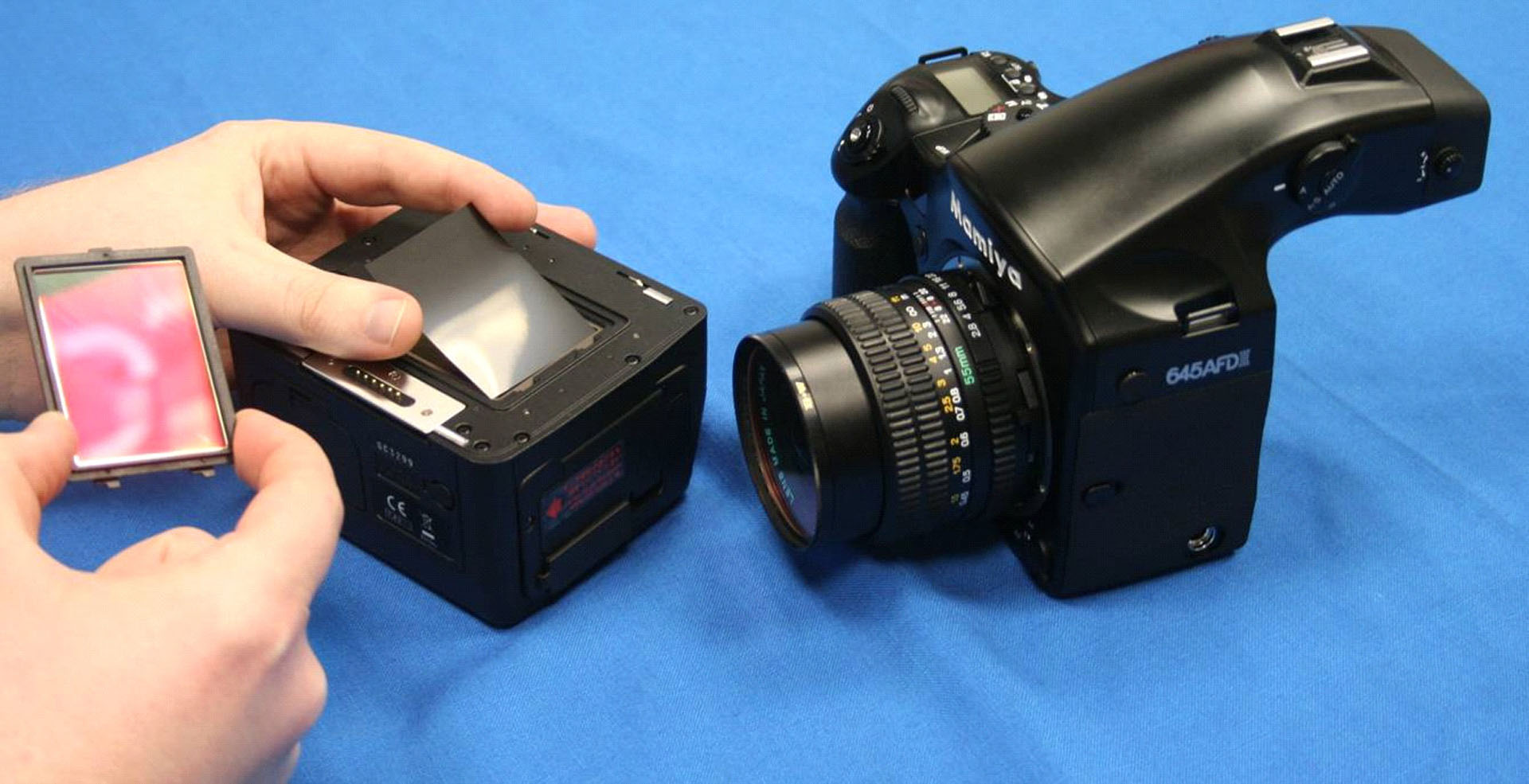“Glare aware photography: 4D ray sampling for reducing glare effects of camera lenses” by Raskar, Agrawal, Wilson and Veeraraghavan
Conference:
Type(s):
Title:
- Glare aware photography: 4D ray sampling for reducing glare effects of camera lenses
Presenter(s)/Author(s):
Abstract:
Glare arises due to multiple scattering of light inside the camera’s body and lens optics and reduces image contrast. While previous approaches have analyzed glare in 2D image space, we show that glare is inherently a 4D ray-space phenomenon. By statistically analyzing the ray-space inside a camera, we can classify and remove glare artifacts. In ray-space, glare behaves as high frequency noise and can be reduced by outlier rejection. While such analysis can be performed by capturing the light field inside the camera, it results in the loss of spatial resolution. Unlike light field cameras, we do not need to reversibly encode the spatial structure of the ray-space, leading to simpler designs. We explore masks for uniform and non-uniform ray sampling and show a practical solution to analyze the 4D statistics without significantly compromising image resolution. Although diffuse scattering of the lens introduces 4D low-frequency glare, we can produce useful solutions in a variety of common scenarios. Our approach handles photography looking into the sun and photos taken without a hood, removes the effect of lens smudges and reduces loss of contrast due to camera body reflections. We show various applications in contrast enhancement and glare manipulation.
References:
1. Adelson, T., and Wang, J. 1992. Single lens stereo with a plenoptic camera. IEEE Trans. Pattern Anal. Machine Intell. 14, 99–106. Google ScholarDigital Library
2. Apogee Instruments. Blooming vs. anti-blooming by ccd university. http://www.ccd.com/ccd102.html.Google Scholar
3. Bitlis, B., Jansson, P. A., and Allebach, J. P. 2007. Parametric point spread function modeling and reduction of stray light effects in digital still cameras. Computational Imaging V, SPIE 6498, 29–31.Google Scholar
4. Boykov, Y., and Kolmogorov, V. 2004. An experimental comparison of min-cut/max-flow algorithms for energy minimization in vision. IEEE Trans. Pattern Anal. Machine Intell. 26 (Sept.), 1124–1137. Google ScholarDigital Library
5. Debevec, P. E., and Malik, J. 1997. Recovering high dynamic range radiance maps from photographs. In SIGGRAPH ’97, 369–378. Google ScholarDigital Library
6. Garg, G., Talvala, E.-V., Levoy, M., and Lensch, H. P. A. 2006. Symmetric photography: Exploiting data-sparseness in reflectance fields. In Rendering Techniques 2006: 17th Eurographics Workshop on Rendering, 251–262. Google ScholarCross Ref
7. Georgiev, T., Zheng, C., Nayar, S., Curless, B., Salasin, D., and Intwala, C. 2006. Spatio-angular resolution tradeoffs in integral photography. In Eurographics Symposium on Rendering, 263–272. Google ScholarCross Ref
8. Gortler, S., Grzeszczuk, R., Szeliski, R., and Cohen, M. 1996. The lumigraph. In SIGGRAPH ’96, 43–54. Google ScholarDigital Library
9. Goszczynska, H., Doria-Dernalowicz, J., Purzycki, Z., and Leszcznski, L. 2000. Estimation of the x-ray scatter and veiling glare rate in coronarographic densitometric measurements. In Engineering in Medicine and Biology Society, 2000. Proc. 22nd Annual Intl. Conf. IEEE, vol. 3, 1714–1716.Google Scholar
10. Hanrahan, P., and Ng, R. 2006. Digital correction of lens aberrations in light field photography. In International Optical Design, Optical Society of America, WB2.Google Scholar
11. International Organization For Standardization. 1994. Optics and optical instruments veiling glare of image forming systems definitions and methods of measurement. ISO 9358:1994.Google Scholar
12. Kakimoto, M., Matsuoka, K., Nishita, T., Naemura, T., and Harashima, H. 2005. Glare generation based on wave optics. Computer Graphics Forum 24, 2 (June), 185–194.Google ScholarCross Ref
13. Knoll Light Factory. Glare creation software. http://www.digitalanarchy.com/knollPS/ (Photoshop Plugin).Google Scholar
14. Levoy, M., and Hanrahan, P. 1996. Light field rendering. In SIGGRAPH 96, 31–42. Google ScholarDigital Library
15. Levoy, M., Ng, R., Adams, A., Footer, M., and Horowitz, M. 2006. Light field microscopy. ACM Trans. Graph 25, 924–934. Google ScholarDigital Library
16. Mccann, J. J., and Rizzi, A. 2007. Veiling glare: The dynamic range limit of hdr images. In Human Vision and Electronic Imaging XII, SPIE, vol. 6492.Google Scholar
17. Nayar, S. K., Krishnan, G., Grossberg, M. D., and Raskar, R. 2006. Fast separation of direct and global components of a scene using high frequency illumination. ACM Trans. Graph. 25, 3 (July), 935–944. Google ScholarDigital Library
18. Ng, R., Levoy, M., Brdif, M., Duval, G., Horowitz, M., and Hanrahan, P. 2005. Light field photography with a hand-held plenoptic camera. Tech. rep., Stanford Univ.Google Scholar
19. Ray, S. F. 2002. Applied Photographic Optics: Lenses and Optical Systems for Photography, 3rd edition ed. Focal Press.Google Scholar
20. Reinhard, E., Ward, G., Pattanaik, S., and Debevec, P. 2006. High Dynamic Range Imaging – Acquisition, Display and Image-based Lighting. Morgan Kaufman Publishers, 500 Sansome Street, Suite 400, San Francisco, CA 94111. Google ScholarDigital Library
21. Seibert, J. A., Nalcioglu, O., and Roeck, W. 1985. Removal of image intensifier veiling glare by mathematical deconvolution techniques. Medical physics 12, 3, 281288.Google Scholar
22. Sen, P., Chen, B., Garg, G., Marschner, S., Horowitz, M., Levoy, M., and Hendrik, P. A. L. 2005. Dual photography. ACM Trans. Graph. 24, 745–755. Google ScholarDigital Library
23. Skinner, G. K. 1988. X-Ray Imaging with Coded Masks. Scientific American 259 (Aug.), 84.Google ScholarCross Ref
24. Spencer, G., Shirley, P. S., Zimmerman, K., and Greenberg, D. P. 1995. Physically-based glare effects for digital images. In SIGGRAPH ’95, 325–334. Google ScholarDigital Library
25. Talvala, E.-V., Adams, A., Horowitz, M., and Levoy, M. 2007. Veiling glare in high dynamic range imaging. ACM Trans. Graph. 26, 3 (July), 37:1–37:9. Google ScholarDigital Library
26. Vaish, V., Levoy, M., Szeliski, R., Zitnick, L., and Kang, S. 2006. Reconstructing occluded surfaces using synthetic apertures: Stereo, focus and robust measures. In Proc. Conf. Computer Vision and Pattern Recognition, vol. 2, 2331–2338. Google ScholarDigital Library
27. Veeraraghavan, A., Raskar, R., Agrawal, A., Mohan, A., and Tumblin, J. 2007. Dappled photography: Mask enhanced cameras for heterodyned light fields and coded aperture refocusing. ACM Trans. Graph. 26, 3 (July), 69:1–69:12. Google ScholarDigital Library





